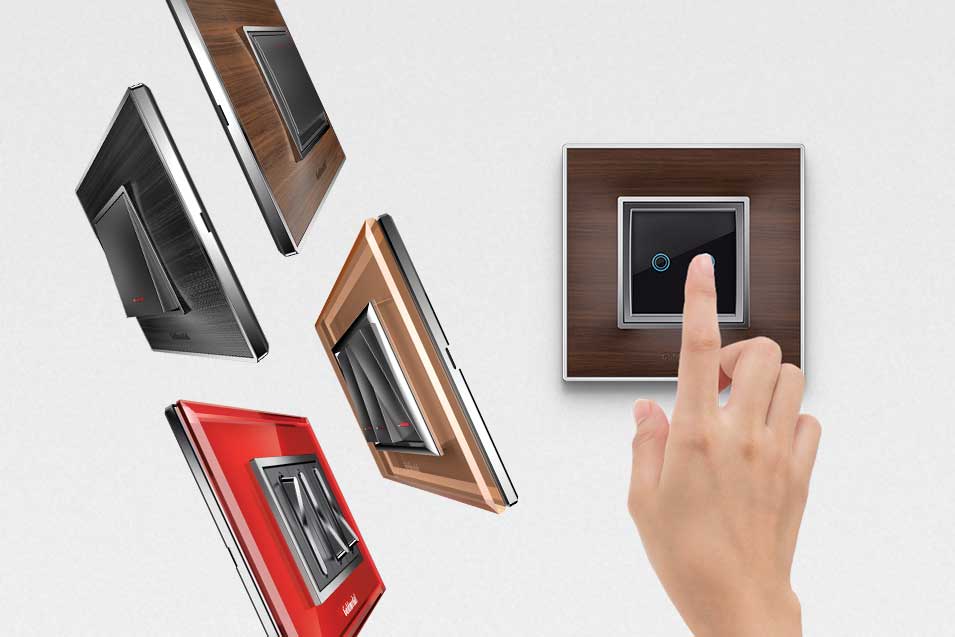From humble beginnings to the touchscreens we use today, switches have undergone a fascinating transformation. Let’s delve into the evolution of switches, exploring how they’ve moved from mechanical to digital marvels:

The Mechanics of Mechanical Switches:
The foundation of it all – the mechanical switch. These work lülitid with a simple principle: a physical lever that completes or breaks an electrical circuit when pressed. Imagine a light switch: flipping it moves a switch inside that connects or disconnects the wires, controlling the flow of electricity to the light.
Stepping into the Digital Age:
As technology advanced, so did switches. Digital switches rely on electronic signals to control circuits. Instead of a physical connection, they use transistors or other electronic components to achieve the same goal. This opened doors for more complex functionality and miniaturization.
Functionality Through Digitalization:
Digital switches offer several advantages over their mechanical counterparts:
Versatility: They can be programmed for a wider range of functions. A single digital switch can control multiple actions depending on the programming.
Precision: Digital signals are less prone to fluctuations compared to the physical movements of mechanical switches, leading to more accurate control.
Integration: They integrate seamlessly with digital circuits, paving the way for complex electronic systems.
The Rise of Touchscreens and Beyond:
The evolution goes beyond basic on/off functionality. Touchscreens, for instance, use digital switches that detect your touch on the screen’s surface. This paves the way for intuitive user interfaces on our smartphones and other devices.
The Future of Switches:
The future of switches is likely to be even more innovative. We might see advancements in:
Voice control: Switches activated by voice commands for hands-free interaction.
Gesture recognition: Switches that respond to specific hand movements or gestures.
Smart materials: Switches embedded in materials that respond to touch, pressure, or even light.
The journey from the simple mechanics of a light switch to the sophisticated touchscreens we use today showcases how switches have become an essential building block of our technological world. As technology keeps evolving, we can expect even more fascinating advancements in the way we interact and control our devices.
